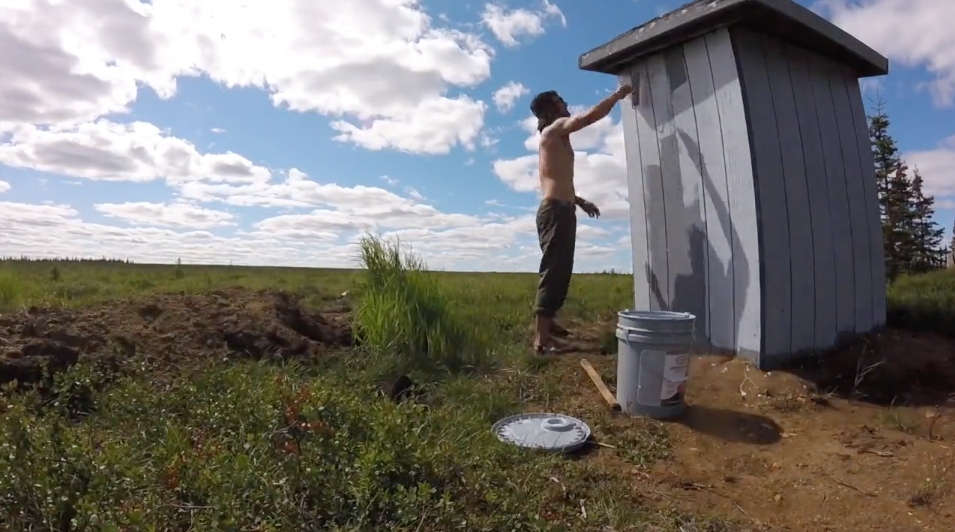When I was younger and much more enamored by the idea of being a fishing guide, I received a Father’s Day gift of a guided trip down the Cardiac Canyon stretch of the Henry’s Fork. The trip was awesome—our guide, the legendary Rod Patch, put us on fish most of the day. And he worked hard to do
it, starting with bouncing the cataraft down “The Slide” just below Lower Mesa Falls, and finishing up by loading the craft onto a trailer at the end of the day.
In between, Rod would hop out of the boat and stand in chest-deep, frigid river water, holding the raft in place so we could get good drifts over fishy runs. He expertly prepared lunch, straightened out some of my casting quirks and never quite stopped rowing on a stretch of water that is pretty darned lively.
At the end of the trip, I no longer wanted to be a fishing guide. I revisited the idea a little this past week when my buddy Mike Sepelak and I were fishing in Montana. I’d fished the water before and generally knew where the fish would be. Then, we saw rising fish, and I helped put Mike on a couple of nice browns before we called it quits. He looked at me after landing a nice fish, and said, “Nice guiding.”
It was a great compliment, and I took pride in helping get Mike in the right spot, cast the right fly and put him on fish. But then I remembered Rod’s day on the water with me—I’m about the lowest-maintenance client there is, and he worked his tail off. I quickly squashed that former dream. Again.
If you have dreams of being a fishing guide, in Alaska no less, check this out.
It’s no picnic. You don’t fish much. You work well after the fishing stops and well before it starts. And you work hard for seasonal wages. Sure, there are some perks—you get a day off now and then. You do get to hang out in Alaska for a season. But, mostly, you watch folks arrive, fish for a week, and then leave. The next day, a new batch comes in, and it all starts again.
It’s work. Hard work. It’s not for everybody.
— Chris Hunt



